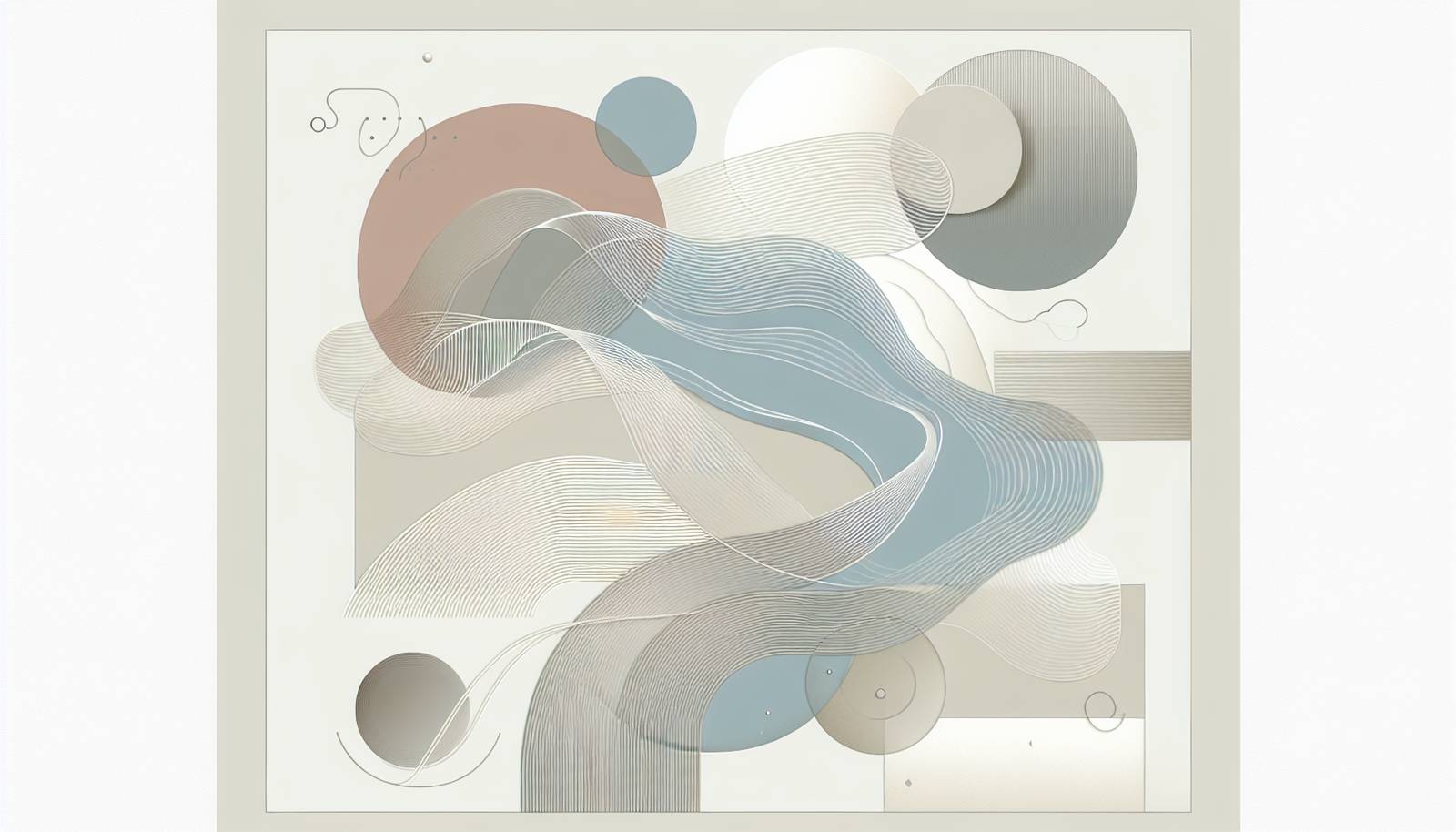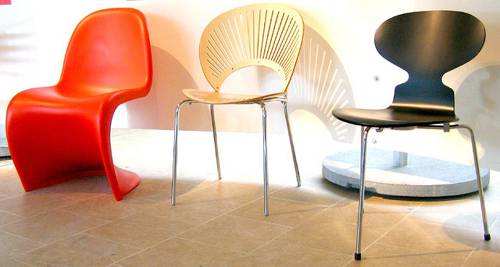
FAQ About The Influence of Scandinavian Design on Global Aesthetics

What are the core principles of Scandinavian design?
Scandinavian design is characterized by simplicity, functionality, and minimalism. It emphasizes clean lines, a neutral color palette, and the use of natural materials like wood and leather, blending function with beauty.

How has Scandinavian design influenced global interior design trends?
Scandinavian design has encouraged a global shift towards minimalism and functionality in interiors. Its approach to decluttering and the use of neutral tones inspire calm and welcoming spaces, leading to widespread adoption in homes and offices worldwide.

Which countries are considered part of Scandinavian design origins?
Scandinavian design originates from the Nordic countries, primarily Denmark, Sweden, Norway, Finland, and Iceland. These nations have become synonymous with this unique style and philosophy.

What materials are commonly used in Scandinavian design?
Scandinavian design often incorporates natural materials such as wood (especially light woods like pine and birch), leather, wool, and linen. These materials emphasize a connection to nature and sustainability.

How does Scandinavian design address sustainability?
Sustainability is a cornerstone of Scandinavian design, emphasizing quality over quantity, and the use of sustainable, often locally-sourced materials. Designs often favor durability and longevity to reduce environmental impact.

What are some iconic Scandinavian designers?
Iconic Scandinavian designers include Arne Jacobsen, known for the "Egg" chair, Alvar Aalto for his architecture and furniture, and Eero Saarinen, famous for the "Tulip" chair and table.

How has Scandinavian design influenced architecture globally?
Scandinavian architecture is renowned for its emphasis on simplicity, natural light, and functional spaces, inspiring architects worldwide to integrate these elements into their designs, promoting wellbeing and sustainability.

What is 'hygge' and how does it relate to Scandinavian design?
'Hygge' is a Danish concept embodying coziness and comfortable conviviality. In design, it is reflected through creating warm, inviting, and simple spaces that promote wellbeing and contentment.

Can you provide examples of Scandinavian design in popular consumer products?
Scandinavian design is evident in popular consumer brands like IKEA, Volvo, and Bang & Olufsen. These brands incorporate minimalistic design principles and focus on functionality and user experience.

What role does color play in Scandinavian design?
Color in Scandinavian design is typically muted, favoring whites, grays, and earth tones to create a serene and cohesive visual atmosphere. Pops of color may be used as accents to add interest and warmth.

Create new FAQ page, write FAQs and publish for your clients, friends, colleagues, visitors, students, customers, guests, neighbors, or yourself.
Create Your Own FAQ Page now